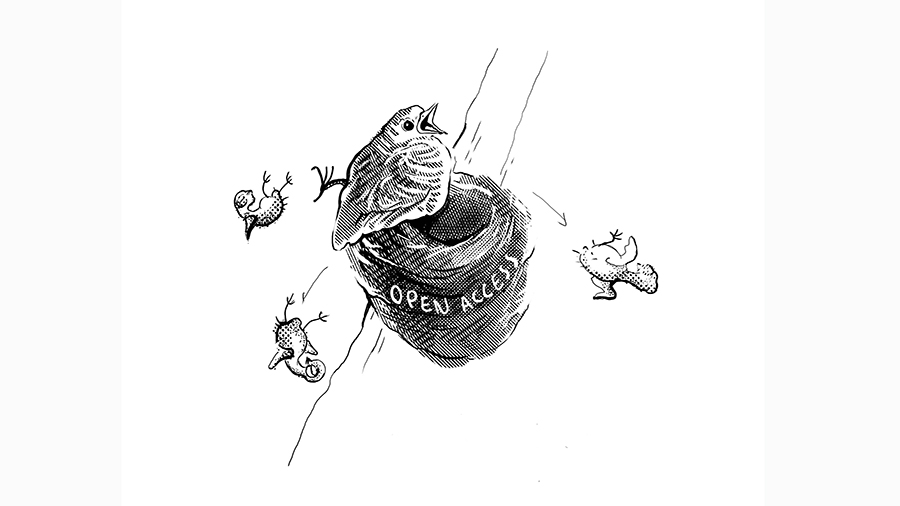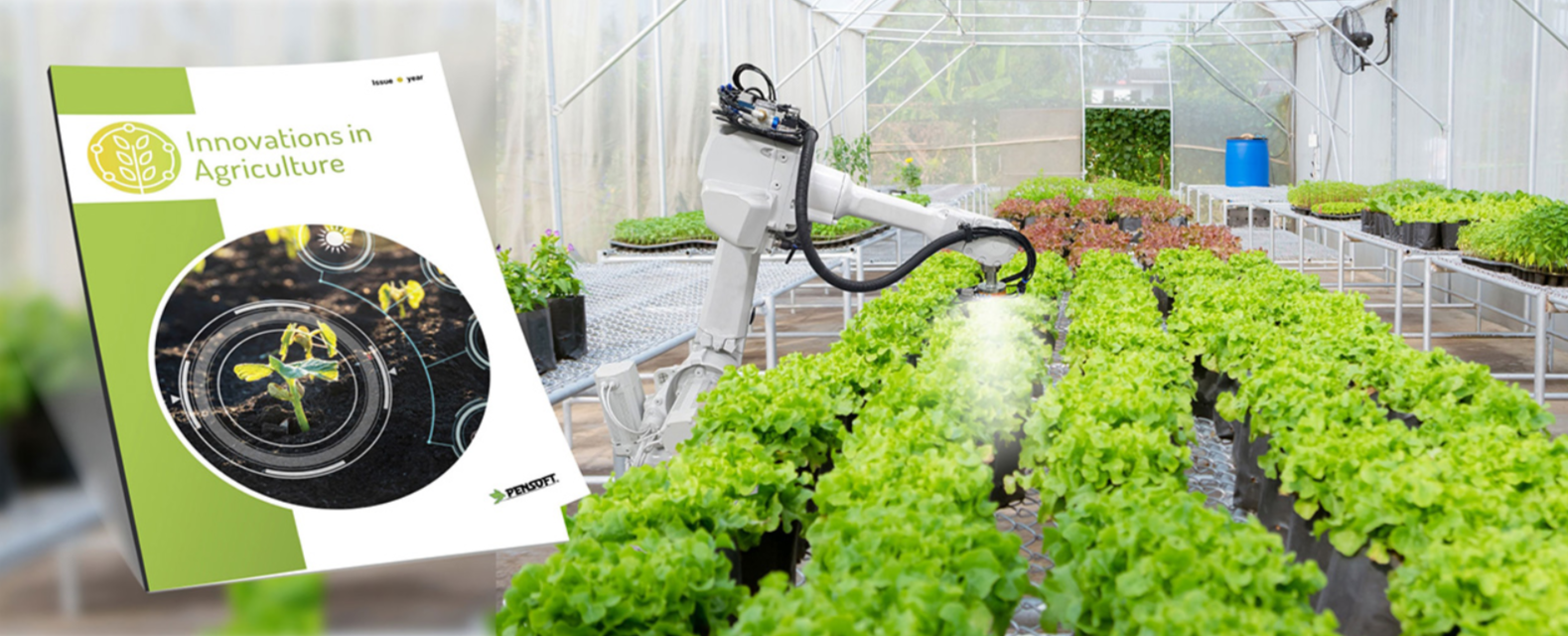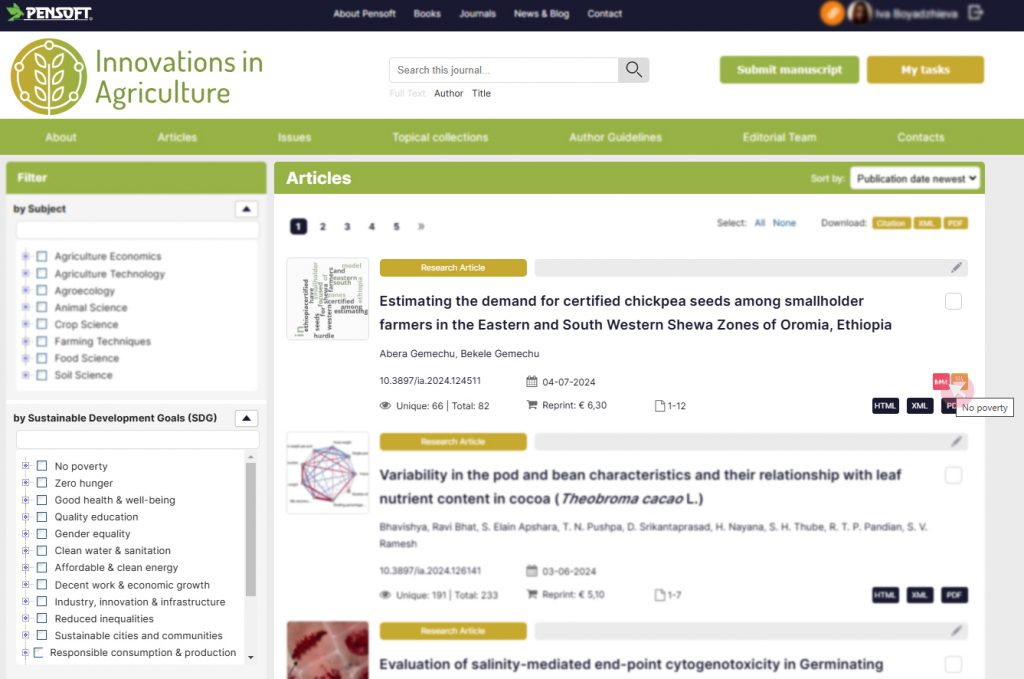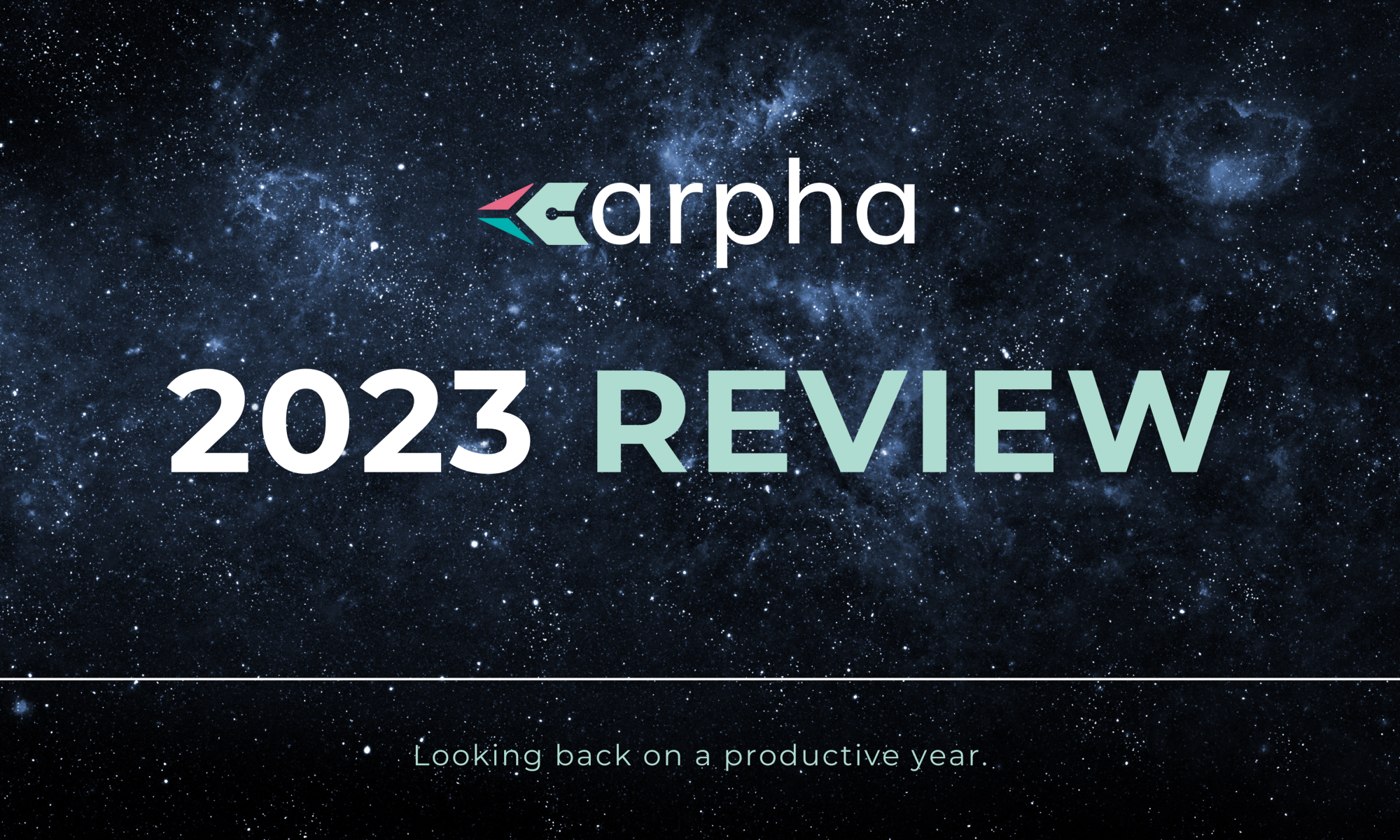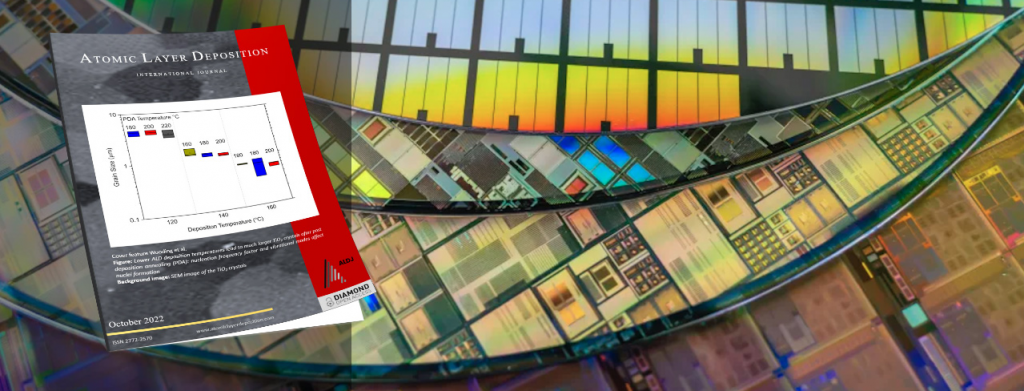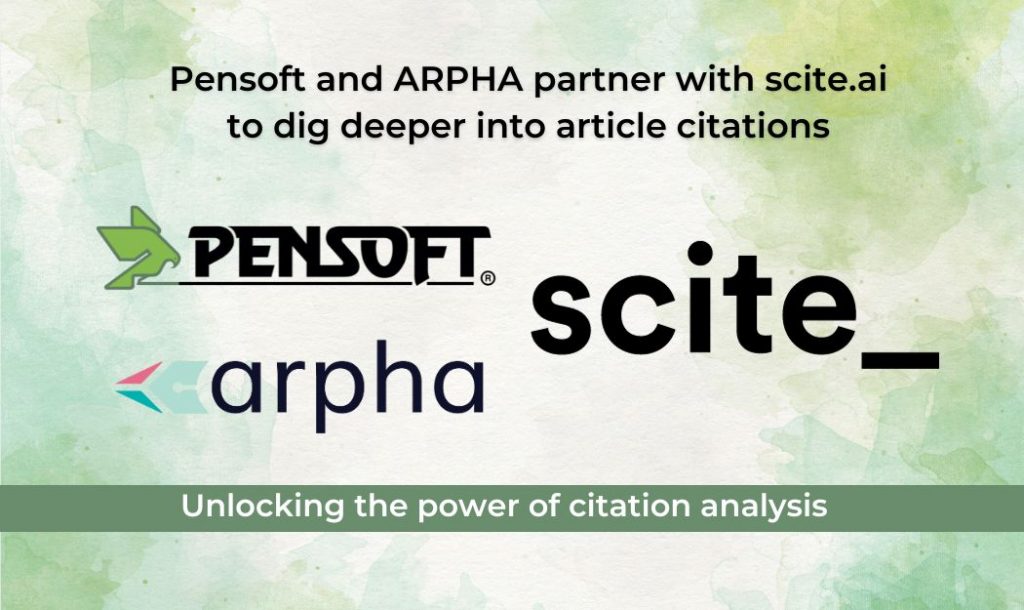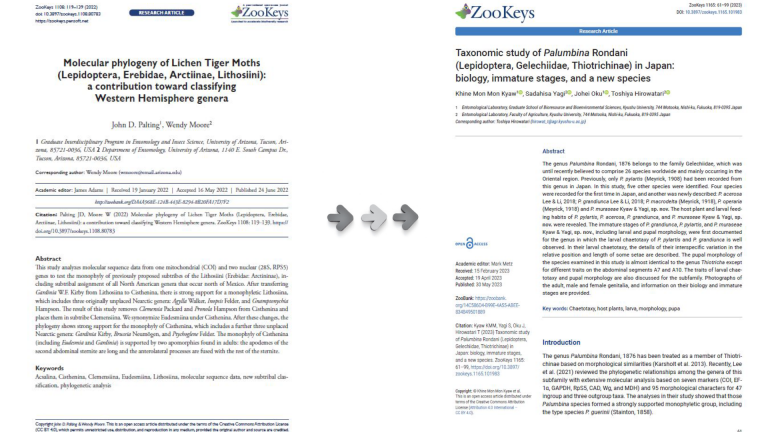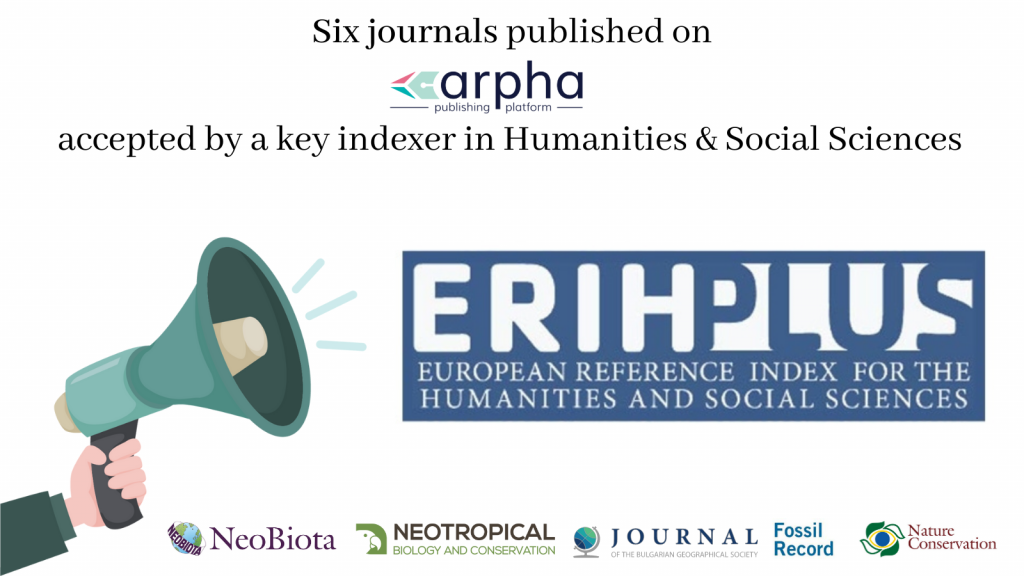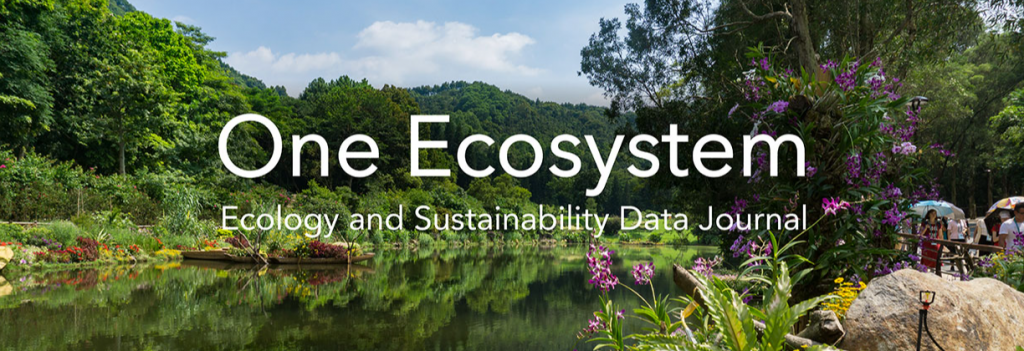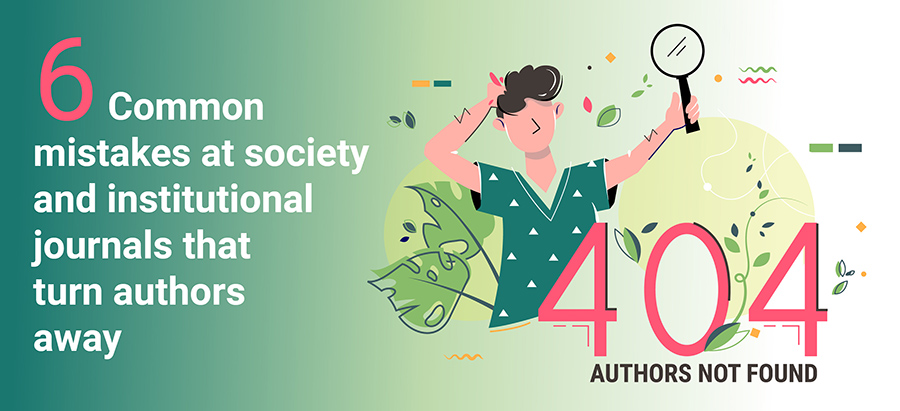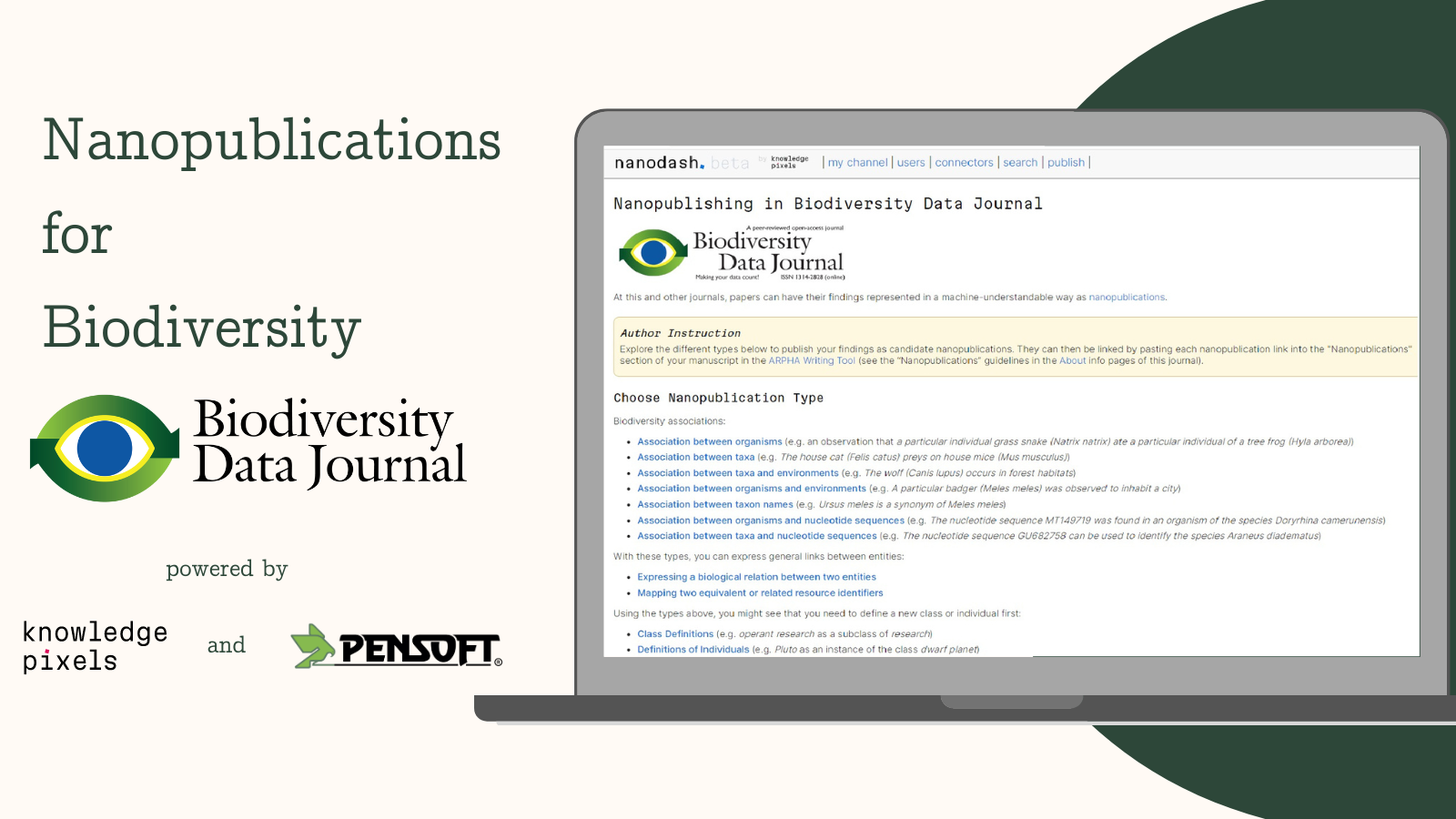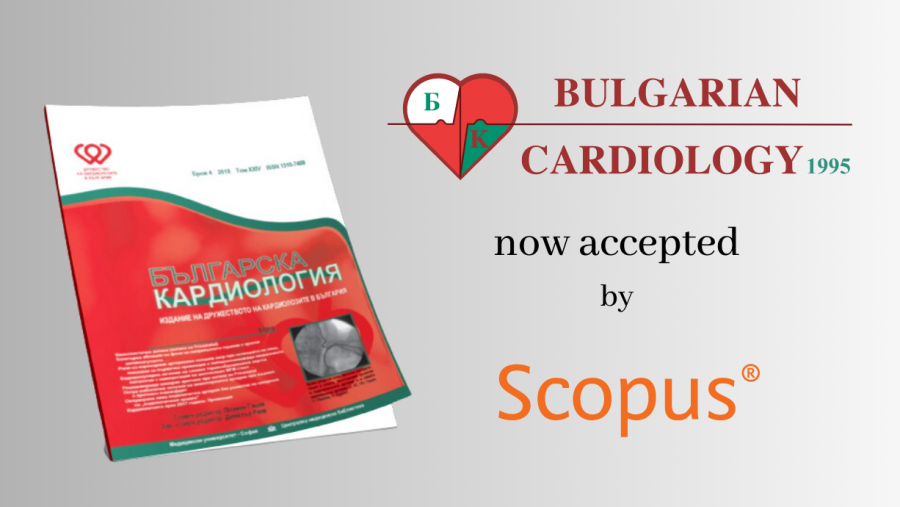Contrary to the popular expression, diamonds do not shine. Instead, they reflect, refract and disperse light to the fascination of the onlooker.
Similarly, even though Diamond Open Access (OA) offers a stellar publication and dissemination route for both readers and authors, some of the biggest actors in the scholarly publishing industry have been trying to deflect the concept behind it. While they might be moving from reader-facing charges, they seem to be billing libraries, institutions and consortia the same money they would have received in subscription fees.
National library consortia are paying for read-and-publish / publish-and-read ‘transformative agreements’ (also known as ‘transitional agreements’ or ‘big deals’), which include clauses for “non-APC” quotas of Open Access publishing for authors based in their country’s institutions. As a result, authors need to only submit their work to journals cited in these agreements, if they wish to avoid APC payments.
Meanwhile, these Transformation Agreements (TAs) are raising increasing concerns about their capability to achieve their very purpose: assisting scientific publishers in flipping their journals from closed- to open-access models in line with the objectives of the global Open Access 2020 Initiative. Back in 2016, the initiative signed by over 150 scholarly organisations posited a deadline for the majority of today’s scholarly journals to transfer from subscription to OA by 2020. While it is obvious that as of mid-2024 this transition is far from complete, a recent report issued by Jisc, estimates that based on 2018-2022 data, “it would take at least 70 years for the big five publishers to flip their TA titles to OA”. Citing “an erosion in confidence that TAs will achieve a transition within an acceptable timescale”, the report also highlights pressing issues concerning transparency on how “OA publishing charges are costed” and how and when the surveyed publishers will achieve their task.
Impact on scholars
The above-mentioned approaches to ostensibly free-of-charge scholarly publishing are indeed taking a great burden off the shoulders of many scientists, as long as they are working in top research institutions in certain countries.
In the meantime, independent researchers and smaller or underfunded institutions – typically located in countries that have not signed such expensive agreements at national or library consortia levels – are left out of the equation. If they wish to publish in the very same flashy journals, they need to pay fees in the range of several thousands of dollars either out of their research grants, or their own pockets. The “barriers to access” seem to have simply transformed into ”barriers to publication”.
There are also production costs. After all, quality publication of human knowledge in the vast digital world, which is increasingly powered by smart computer algorithms and Artificial Intelligence, surely costs some money, doesn’t it? Publication platforms comprising continuously evolving workflows and third-party integrations, impeccable user experience, diligent customer support, and far-reaching dissemination and communication, all require specialised staff and equipment. The question is how much does it cost to make science effectively public? The immediate answer is that taxpayers currently pay corporate publishers prices several times as high as actual publication costs.
Impact on smaller journals, societies and publishers
In the past, smaller publishers predominantly launched as open-access academic outlets. After all, they were either run by scientists who saw paywalls as the unthinkable evil that hinders the world’s progress, or they simply realised that their primary audience could not afford to pay to learn about their field. Further, it is the same altruistic and understanding backstory of society and smaller institution-led journals – in addition to their historical legacy and independence from commercial entities – that make them particularly cherished and respected in academia.
The issue here is that, these days, scientific publications and journals abound, which makes it practically impossible for one’s work to reach another researcher, let alone non-specialist audiences, including policy makers, without a lot of dedicated effort. Even if there was a single huge publicly available centralised source for all research outcomes out there, it would be practically impossible for one – expert or not – to navigate the deluge of data and statements without sophisticated tools, infrastructure and workflows capable of discerning what is actually useful.
To ensure scientific output is practically findable, accessible, interoperable and reusable (FAIR), you need much more than a URL that resolves at no additional charge. Instead, a journal needs to provide optimal discoverability and visibility for its content, so that publications are capable of reaching their intended audience via existing search engines and portals.
This can only be achieved through professional publishing platforms (e.g. peer review, publication, hosting, third-party service integrations), tools (e.g. metadata import/export; semantic tagging) and services (e.g. application to indexing databases; in-house editorial services; copy-editing, customer support; science communication), which will inevitably increase the costs of the publication process.
Here comes the tough call for most smaller institutions and journals: whether to seek the services of multiple professional providers and then introduce APCs to cover the expenditure OR to opt for in-house editorial services and open-source infrastructure, but compromise the quality of service, including the discoverability and reach of the content with which their authors entrust them.
Yet, this is a choice that only needs to be made by small- to mid-sized, OA-born publishers and journal owners, since large commercial, originally subscription publishers are covered through deals and agreements, as long as a research paper is submitted by a research team with the right affiliation. The situation begs the question: who is actually being charged?
Impact on equity and sustainability in academia
Suffice to say, the scientific community has gone a long way to prompt public and worldwide access to the latest research at a greater than ever speed and scale. However, there is still a gaping chasm in academia when it comes to inclusivity and equity in scholarly publishing and dissemination of knowledge. Despite the ongoing work and progress coordinated by international funders of research and policy-makers, a vast part of the world continues to be singled out due to a mismatch in funding and unhealthy commercialisation that paves the way to mono-/oligopolies.
Arguably, academia is threatened by its own good intentions and a new status quo, where it is only researchers working at well-funded research institutions that get to publish their work in visible and discoverable journals.
Our way forward
While our team at Pensoft realises there is no easy way to high-quality, open and equitable scholarly publishing, we are firm supporters of an environment governed by transparency, inclusivity and democracy, where researchers are not “limited in their choice of publication channels due to financial capacities rather than quality criteria”, as put by the Council of the European Union in their “Conclusions on high-quality, transparent, open and equitable scholarly publishing” issued last year.
If scholarly publishers and technology providers remain true to their purpose of being a vehicle for scientific knowledge between the individual scientist and the world, we can collectively contribute to a healthy diversity of continuously developing tools and workflows for researchers, journal owners, learned societies and scientific funders to cater for their own users and audiences in the ever-evolving modern world.
As such, we have accepted it as our mission to provide affordable, compromise-free Diamond OA, empowering smaller journals to deliver top-quality services to their authors, editors and readers. Alternatively, our end-to-end publishing platform ARPHA also offers several Gold OA and custom-made workflows designed to support particular groups of authors, as they balance affordability, functionality, reliability, transparency and long-term sustainability. In both cases, our client journals enjoy a complete set of highly automated and human-provided services packaged in a way that fits their wants and needs.
Above all, our approach is based on working individually with journal owners, societies and publishers to create their own custom operational and business model, and achieve long-term sustainability for their scholarly titles.
To ensure our utter transparency and trustworthiness for our clients, we actively support and adopt international best practices and standards in scholarly publishing, including cOAlition S’s Plan S requirements regarding full transparency of costs and prices, and the Journal Comparison Service.
***
Get in touch with the Pensoft and ARPHA teams at info@arphahub.com.
Find more on the ARPHA platform website. You can also follow ARPHA on Twitter and Linkedin.

